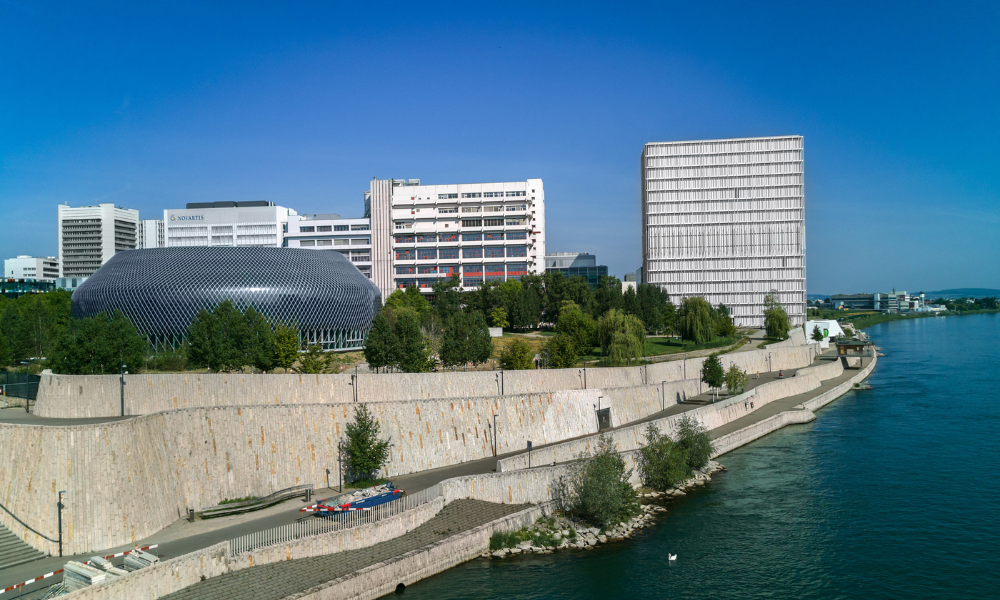Senior VP Dirk-Peter van Leeuwen explains why Red Hat is Singapore’s “best tech company to work for”

Earlier this week, HRD Asia sat down with Red Hat’s senior vice president and APAC general manager Dirk-Peter van Leeuwen to talk about how his firm was named Singapore’s best tech company to work for in 2017, and what other organisations might take away from Red Hat’s corporate philosophy.
Red Hat is the world’s largest open source solutions provider, helping clients achieve digital transformation through a suite of services. Under van Leeuwen’s watch, the company tripled its revenue in the Asia Pacific. Today, it’s recognized as Red Hat’s fastest growing region.
Dirk-Peter – or DP, as he likes to be called – attributes all this success to the principles of meritocracy, community, participation, and open exchange: what they call “the open source way”.
Red Hat Singapore recently won “Best Tech Company to Work For”, an award given by the Singapore Computer Society. What was that win like for you at Red Hat?
It was obviously a great recognition, winning amongst such great companies. It’s a huge honour, and definitely something I was taken aback by, emotionally even. We are so ingrained in the way we do things and we believe so deeply in our culture, that we almost forget that it may not be the normal way for other people.
And now that you’re officially the best tech company to work for in Singapore, have you seen a spike in applications?
Well, we still have a lot of open positions as we’re one of the fastest growing tech corporations. But I’ll say it definitely helps. I think in general, when we look at millennials and what attracts millennials to the workplace, it is the kind of culture you offer them.
When I speak with new hires that have been with us for only a few weeks, without exception they all tell me how amazed they are with how everybody they talk to is concerned about bringing them into the organisation, asking them “how can I help you” and “what can I do for you?”
Here there is definitely a lot of space to come up with ideas, to find their place, to be listened to. Millennials don’t strive very well in a hierarchical environment. But since we provide the opposite of that, they’ve been doing very well in this climate.
Learn the 10 best tech companies to work for in this article.
Let’s talk more about that climate. You’ve called it the “open source way”. What makes working at Red Hat different from working at other tech firms?
We believe very much that people should have the same opportunities to grow, regardless of their position in the company. We try to manage our entire organisation around this. We call it the meritocracy principle.
When it comes to policies, methodologies – anything that is people-related – we really tap into our own force of people and ask them to come up with ideas. We will not make decisions top-down.
What I normally do to make things productive is I keep things completely open in terms of what they discuss. I give them clear goals as to what the company wants to achieve. But how we get there is open to people to come up with ideas for.
I’ve been surprised many times by things I thought wouldn’t work, but they’ve worked fabulously well.
Could you give an example of that?
At some point we wanted to improve the performance of the general organisation. So we did a group exercise. We identified the A-players in each of our departments and we formed a group of people to come up with what they felt were important metrics for the success of the business. They came up with a host of ideas and narrowed it down to executable ideas. They went so far as changing the compensation plans of the employees and even the way we engage with our partners. We saw tremendous business improvements.
And these ideas came all the way from the field, from the people who were dealing with the customers, with the issues. By giving them the understanding of the company goals and what we have to achieve, they really got involved in creating these solutions.
Another example. There is an internal mailing list which is an ongoing discussion forum wherein everyone is constantly – and I mean hundreds or thousands of e-mails a day – sharing their thoughts and feelings about anything happenings inside or outside the company. Here, everybody is being asked and supported to share their ideas publicly on the forums. This is how discussions, big and small, happen. All the way up to criticizing the CEO when people feel that they should.
And has anyone criticised you?
Yeah, sure! We actually solicit criticism. There should be an understanding with any manager, no matter what role or position, that you’re all making mistakes and have things you can improve upon. Generally, in more traditional organisations, it’s a big no-no to speak up to the boss. We really try to facilitate a culture wherein we can solicit input and criticism, so that we can improve on things.
Earlier you mentioned meritocracy, which I understand is the first component in what you call “the open decision framework”. Could you explain this framework?
It’s about getting people a platform to participate – and we do it on a set of core principles that we have in the company – freedom, courage, commitment, and accountability. So people should have the freedom to speak up. They should have the courage to come up with new ideas. But then they have to commit, and they are ultimately accountable. Making it all a holistic process creates a very interesting and dynamic workplace for people.
We’re going to take a step back at this point and look at Singapore as a whole. One of the big driving forces in the republic today is this idea of industry-wide transformation through technology. How does the open-source way drive business transformation?
I would say the open-source way is the cornerstone of business transformation. Transformation requires a lot of different components, and you’ll never find all that in one company. It tends to come from many different sources and most of those sources are open sources. When people need a piece of technology they can’t find themselves, they reach out to a community and the community builds it for them. Then other people build upon that.
So, in its broadest sense, the “open source way” is driving innovation through collaboration amongst competitors.
Yes. And that’s something we’re living as a commercial company to our customers. But we’re also living it internally, towards our employees.
Which brings us back to your core philosophy of collaboration and community. DP, what advice can you give leaders in HR, managing their workforce to thrive in the digital era, as you have?
If they want to embrace new technologies and want to embrace a more meritocratic type of leadership, they should feel free and feel strong enough to take a step back – to let great things happen from great people. You should assume that the company you’re leading has great people. You should let those people strive and come up with the better ideas.
As a leader, it allows you to not have to be the smartest person in the room. You can step back and let it happen. And that is so powerful and so rewarding. Because you get way more done than would otherwise be humanly possible.








